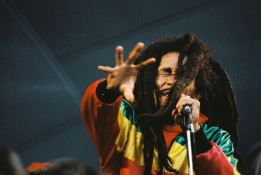
For centuries, dreadlocks have been more than just a hairstyle in Africa; they have been symbols of strength, wisdom, and spiritual devotion. From the ancient warriors of the Maasai to the spiritual leaders of the Akan, dreadlocks have deep roots in African culture. Over time, the perception of this unique style has evolved, and what was once considered a symbol of rebellion is now a powerful statement in the world of African fashion. Today, dreadlocks are a hallmark of African identity, embraced by fashion designers, musicians, and influencers across the continent.
The Historical Roots of Dreadlocks in Africa
Dreadlocks have been worn by various African ethnic groups for centuries. Among the Maasai people of Kenya, the Himba of Namibia, and the Akan of Ghana, dreadlocks were not just a hairstyle but a marker of social status, strength, and spiritual connection. In many African cultures, hair is seen as an extension of one's soul, and the way it is styled is deeply symbolic. Dreadlocks were often worn by warriors to signify courage and readiness, by priests as a mark of spiritual purity, and by leaders as a reflection of their wisdom.
However, during the colonial period, Western influences sought to suppress these cultural symbols. Missionaries and colonial authorities often branded African hairstyles, including dreadlocks, as unkempt or inappropriate. The European standards of grooming were forced upon African societies, leading to the stigmatization of natural African hairstyles and the adoption of Western hair practices, especially in formal and professional spaces.
The Resurgence of Dreadlocks in Modern African Fashion
In the present day, dreadlocks have experienced a dramatic resurgence in Africa, becoming a central feature of the continent’s modern fashion scene. With the global natural hair movement gaining momentum, many Africans are reconnecting with their cultural roots by embracing dreadlocks once more. This renaissance is not only about reclaiming tradition but also about celebrating the beauty of African identity in a world that has long idolised Eurocentric beauty standards.
Across Africa, from the bustling streets of Lagos and Accra to the vibrant runways of Johannesburg and Nairobi, dreadlocks are now a key component of the continent’s fashion landscape. Designers are incorporating locs into their collections, often pairing them with traditional fabrics, bold accessories, and contemporary styles. Haircare brands are also evolving to meet the specific needs of those with locs, providing products that enhance and maintain the look. This movement has empowered many to embrace their natural texture, with dreadlocks serving as a powerful statement of self-love and cultural pride.
Celebrities and Influencers Championing the Look
Dreadlocks have become synonymous with African celebrities, many of whom have helped elevate the style beyond subcultures and into the mainstream. Artists such as Burna Boy, Yemi Alade, and Sho Madjozi wear their locs with pride, and their influence extends beyond the music industry into the realms of fashion and beauty. Through their visibility and success, they have challenged outdated norms, proving that dreadlocks can be as stylish and professional as any other hairstyle.
Social media influencers have also played a key role in shaping the current perception of dreadlocks. By showcasing the versatility of locs—whether styled in intricate updos or worn freely—these influencers are breaking down the barriers of what is considered acceptable in both the professional and beauty worlds. The rise of online platforms has given many the confidence to wear their locs proudly, unafraid of societal judgment.
Dreadlocks as a Symbol of Identity and Expression
For many Africans, dreadlocks are not just a style but a profound statement of identity. They are a symbol of resistance against colonialism and Eurocentric beauty standards, as well as a celebration of African heritage. Dreadlocks, in this context, are seen as a political act, a way of reclaiming cultural pride and asserting one’s roots. For the youth of Africa, wearing dreadlocks is often an expression of self-love and empowerment, a refusal to conform to external ideals of beauty.
The Future of Dreadlocks in African Fashion
The future of dreadlocks in African fashion looks incredibly bright. As the natural hair movement continues to gain momentum, dreadlocks will remain a prominent feature of the continent's style scene. More and more fashion brands are incorporating locs into their advertising campaigns, and the African haircare industry is expanding to cater specifically to the needs of those who wear locs.
As society shifts towards a more inclusive and diverse understanding of beauty, dreadlocks will continue to be a symbol of African pride, resilience, and artistic expression. In an era where individuality and self-expression are valued more than ever, dreadlocks offer a timeless way to celebrate cultural heritage while making a bold statement.
Dreadlocks in Africa have transformed from a deeply rooted cultural tradition to a celebrated fashion trend. Once dismissed and stigmatized, they have now become a powerful emblem of self-expression, identity, and resistance. Through the influence of celebrities, designers, and influencers, dreadlocks have reclaimed their place in modern African fashion, with an ever-growing appreciation for their beauty and significance. As African fashion continues to evolve and gain international recognition, dreadlocks will undoubtedly remain a symbol of pride, authenticity, and cultural resilience.
Read Full Story




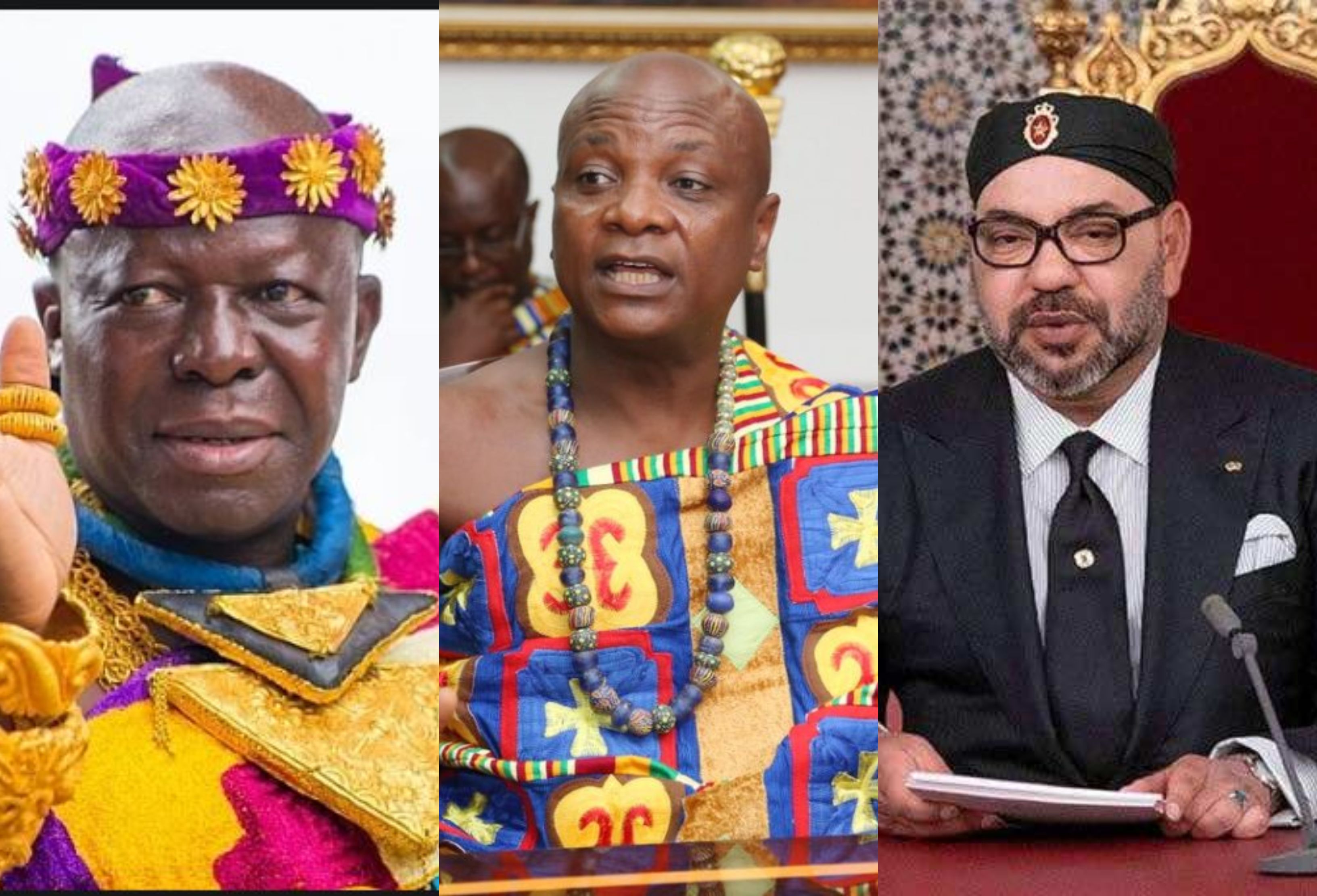
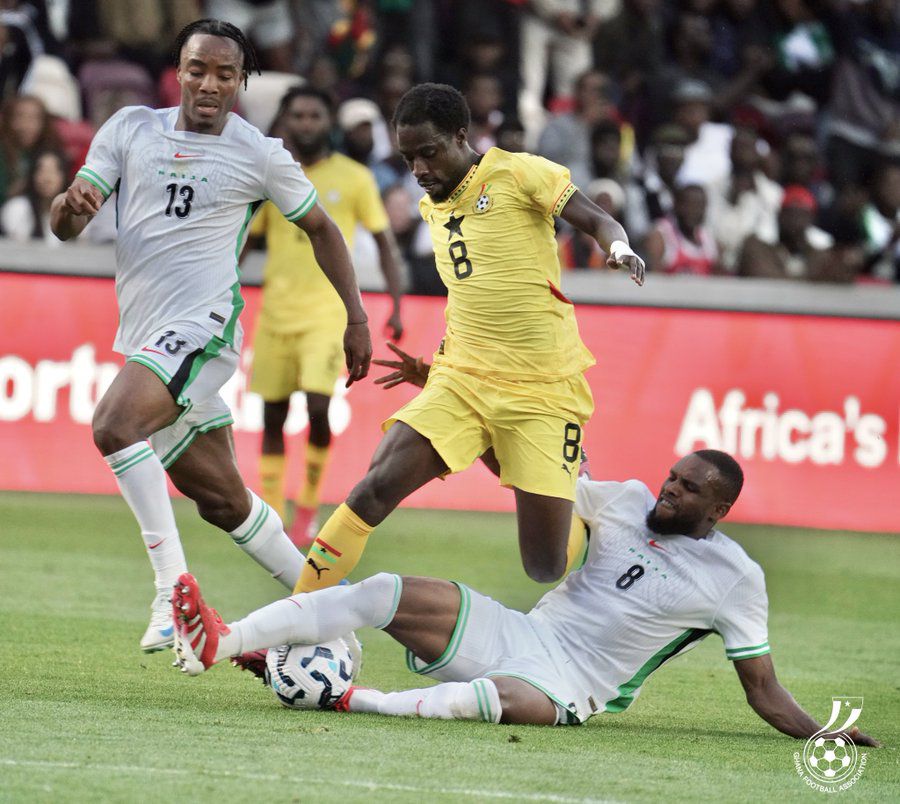
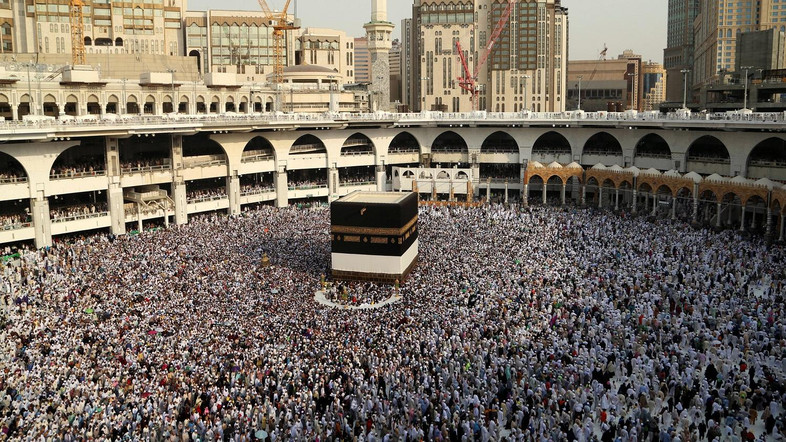





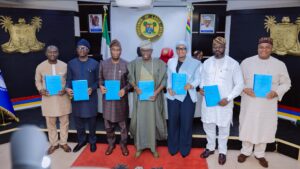
Facebook
Twitter
Pinterest
Instagram
Google+
YouTube
LinkedIn
RSS